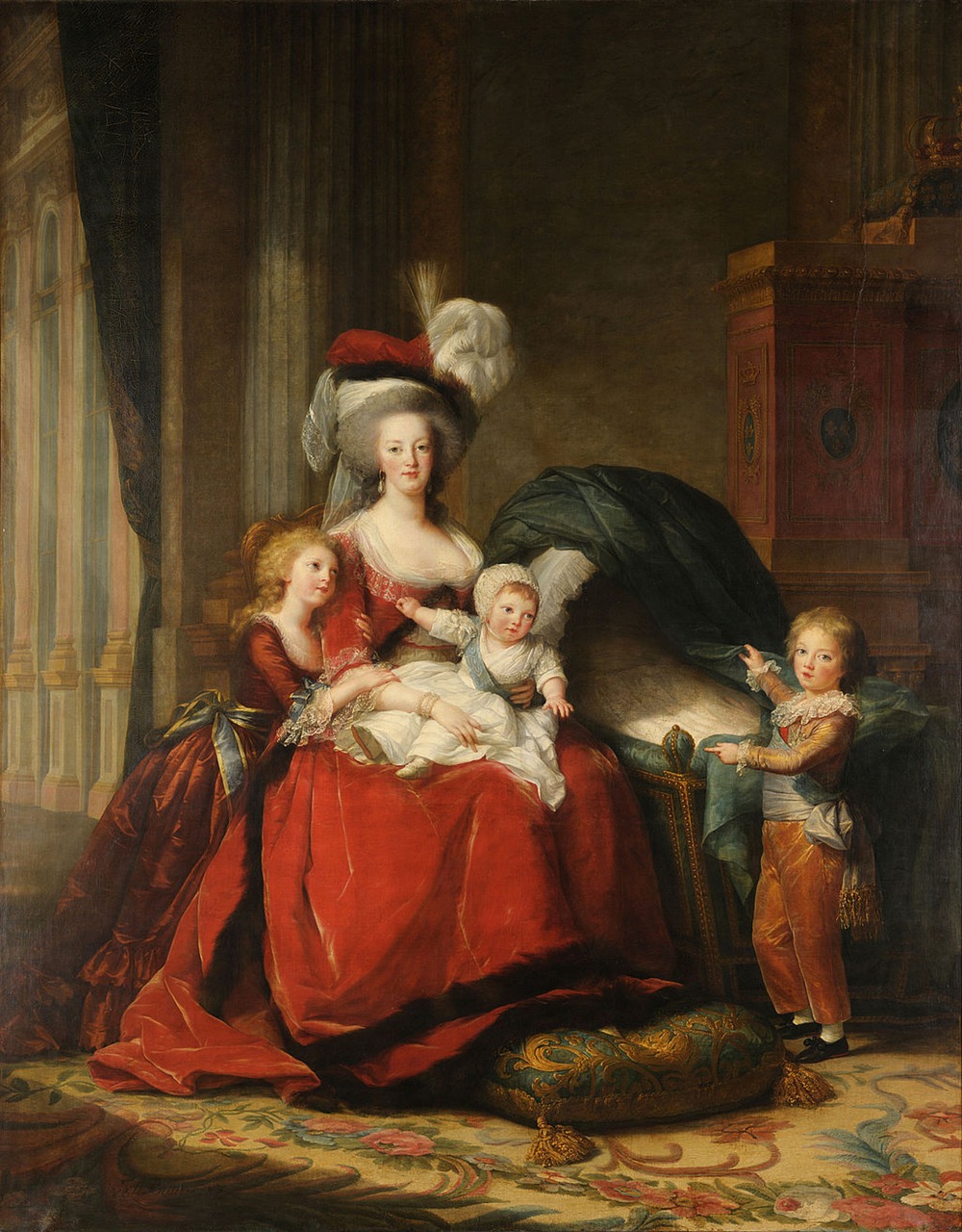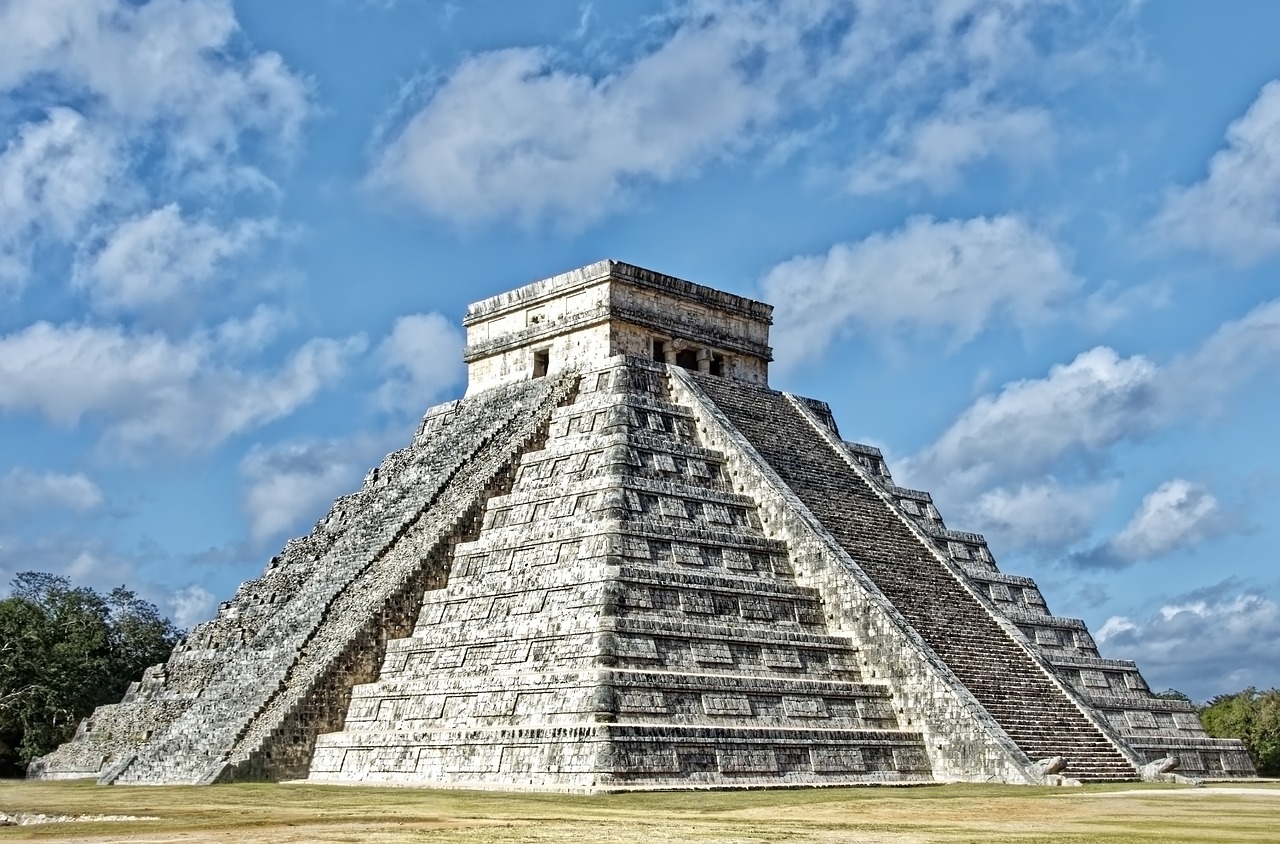Marie Antoinette is famous for her decadence. Or her supposed decadence, anyway.
By the time she was executed at the guillotine on October 16, 1793 (nine months after her husband, King Louis XVI, was killed the same way), she had been disparaged as a frivolous, selfish, and immoral woman whose lavish lifestyle had increased economic inequality.
To be clear, Marine Antoinette was no saint. She believed that the French Bourbon monarchy had been ordained by God, and so she didn’t accept the idea that royals like her were equal to their subjects. She also wore flour on her wigs while many French people went without bread.
Yet not all of the criticisms of the queen were warranted, or even true. And in some ways, Marie Antoinette is still misunderstood. Here are five facts about the famous queen.
1. She never said “Let them eat cake.”
One of the most “well-known” quotes in history is that Marie Antoinette, when told that the French people had no bread to eat, replied: “Let them eat cake.” But Marie Antoinette never said this.
By the time the Austrian-born Marie Antoinette took the throne, French people had been attributing this phrase to the foreign queens of French kings for decades as a kind of “displaced frustration with the crown,” argues Caroline Weber, author of Queen of Fashion: What Marie Antoinette Wore to the Revolution.
As economic inequality grew in the 17th and 18th centuries, it was “easier for patriotic French people to imagine that a foreign-born queen was insensitive to their plight rather than the French king himself,” she says.
2. She was the subject of pornography.
Before Louis XVI, both the queen and the king’s pampered mistresses shared the weight of critics’ displaced frustration. Scholars have noted that since Louis XVI had no mistresses, Marie Antoinette was subject to an extra level of disparagement.
“Marie Antoinette really was bearing the brunt of a level of public indignation coupled with misogyny that had traditionally been channeled toward these mistresses,” Weber says.
Before she became queen, the politically themed pornographic pamphlets and books that circulated throughout France only featured the king’s mistresses, who were considered promiscuous for sleeping with a married man. But without a mistress to ridicule, political pornographers targeted the queen.
This pornography insinuated that Marie Antoinette slept with many men and women in the court, when in reality, there’s only evidence to show she had one intimate friend (and that relationship may have been purely platonic). Painting her as an immoral woman who slept with her brother-in-law—as some of the pornography alleged—was one way for revolutionaries to argue the monarchy was corrupt.
3. She wasn’t a shoe hound.
Versailles, for all its decadence, was a very dirty place, filled with animals and excrement. Instead of cleaning their shoes, the royals and aristocrats would throw them out every few days.
This culture of waste and excess was something Marie Antoinette stepped into when she arrived in France. She didn’t create it, and she didn’t take it to the extremes that others did. At least four members of the royal family spent more on clothing than she did—including Louis XVI’s brother the comte d’Artois, who ordered 365 pairs of shoes per year.
Though she certainly went through more shoes than the average French person, Marie Antoinette “wasn’t known to have been a particular shoe freak” at Versailles, says Weber.
4. She liked to dress down.
“Paradoxically, for somebody who became infamous for supposedly being frivolous and overly committed to luxurious excess, she was actually all about dressing down,” Weber says.
Together with her seamstress, Marie Antoinette designed a simple “little white dress”—a garment that shocked people with its casualness because when she wore it, she didn’t look like a queen.
“One of the ironies of the French Revolution is this little white dress became basically the uniform of French Revolutionary women,” Weber continues. “The same women who thought Marie Antoinette had been terrible for France and were clamoring to have her head cut off and clamoring to drink her blood were the same women who really liked the little white dress because it was simple, because it was kind of cheap.”
5. Her spending wasn’t a main cause of the French Revolution.
Thomas Jefferson supposedly said that if not for Marie Antoinette, there might have been no French Revolution. Regardless of whether he really said that (as the careful reader might wonder), there has certainly been a misperception throughout history that Marie Antoinette’s excesses played an outsize role in France’s economic problems.
As stated before, Marie Antoinette adopted, rather than invented, the lavish lifestyle of Versailles. In addition, France was already broke before she arrived.
“The treasury was empty by the time they took the throne,” Weber says of Marie Antoinette and Louis XVI. Even so, the king chose to send French troops to the American colonies to fight Britain, to which France had recently lost Canada and many Caribbean colonies in the Seven Years’ War.
“It was not a popular decision that he made to send the French troops to fight with us in the American Revolution, because France was basically bankrupt and it was really expensive,” she says.
So while there were a number of problems that contributed to France’s economic woes and the revolution, Marie Antoinette wasn’t a main cause. She was just an easy scapegoat.



